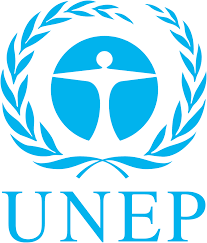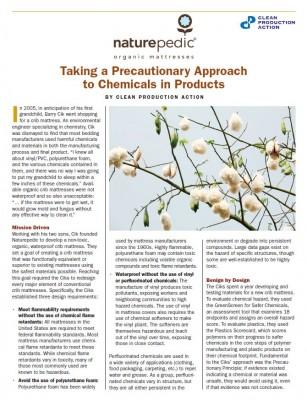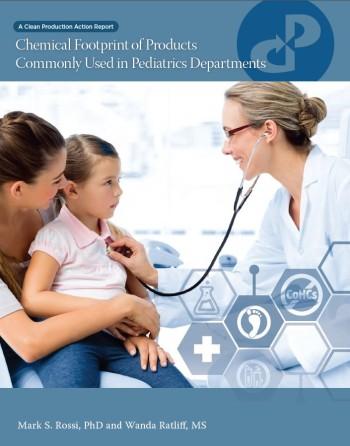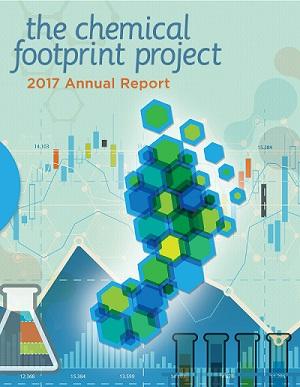The Chemicals in Products (CiP) Programme (Chemicals in Products Programme, Chemicals in Products Programme Guidance) is an ongoing activity at UN Environment on the policy and practical facets of access to information on the chemicals contained in everyday products. The activities focus on increasing the availability and access to the information actors need – throughout the life-cycle of products – so that they can properly manage those products and the chemicals in them. … …
A new report released by Clean Production Action provides the first ever chemical footprint of products commonly used in pediatric patient rooms. Hazardous chemicals in products are catalyzing health care organizations to ask suppliers whether or not their products contain these chemicals. The report assessed the chemical footprint – the presence of hazardous chemicals – of over 250 products commonly found in a hospital pediatric patient room. Listen as CPA and Dignity Health… …
Be a leader in proactive chemicals management. Join us in Boston to learn how to: Reduce business risks related to chemicals, Measure progress in using safer chemicals, and Strengthen engagement with your supply chain. Agenda 8:00 Breakfast 9:00 Welcome & Introductions 9:30 Value of CFP 10:00 Management Strategy 10:45 Networking Break 11:00 Management Strategy (cont.) 11:30 Chemical Inventory 12:30 Lunch 1:15 Chemical Inventory (cont.) 1:45 Footprint Measurement 2:45 Break 3:00… …
What is the Chemical Footprint of Health Care Products? Nonprofit Clean Production Action Evaluates Products Commonly Used in Pediatric Patient Rooms for Hazardous Chemicals A new report by Clean Production Action provides the first ever Chemical Footprint of Products Commonly Used in Pediatric Patient Rooms. Hazardous chemicals in products are catalyzing health care organizations to ask suppliers whether or not their products contain these chemicals. This study assessed the chemical footprint… …
Televisions have historically contained large amounts of flame retardants, which scientists believe has contributed to the presence of toxic flame retardants in the home environment. Makers of televisions don’t have to report what chemicals are in their products, so policymakers, scientists, and the public have been in the dark about what flame retardants are currently used in TVs. We tested 12 television enclosures (the plastic outer portion) for seven types of flame retardants to find… …










